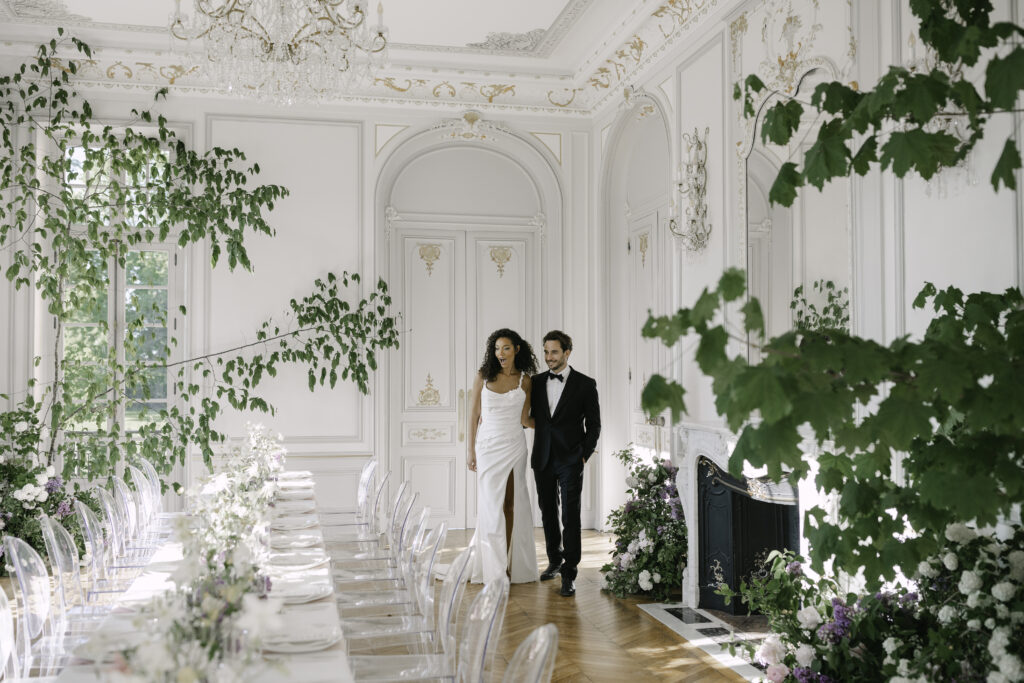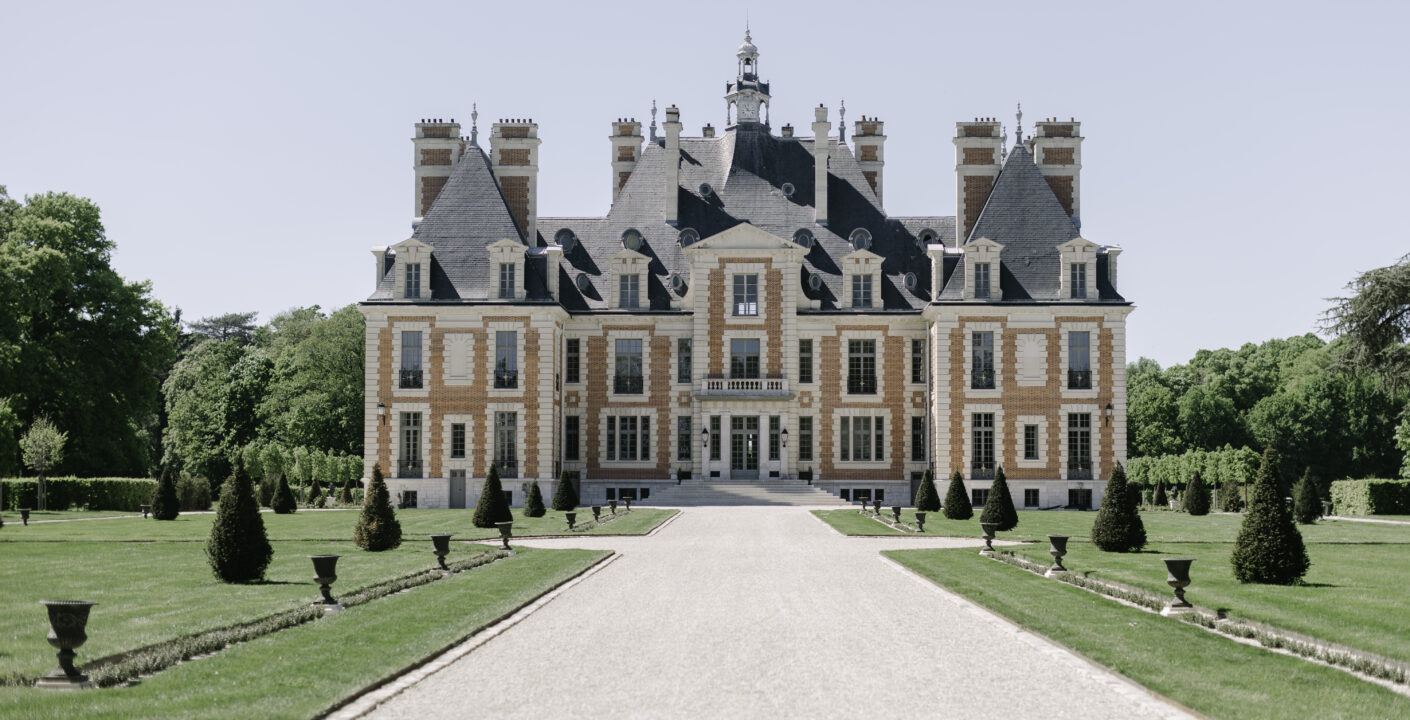The Invisible Work of Wedding Planning: What You Don’t See, But Always Feel
Because true excellence lives in the details you don’t notice, but always remember.
Why Some Couples Still Hesitate
When couples begin planning their wedding, they often focus on the visible elements: the dress, the venue, the flowers, the guest list. It’s easy to assume that everything will fall into place with the right checklist and a few helpful friends.
But there’s a silent layer to every wedding — a dimension that doesn’t appear in Instagram photos or Pinterest boards. That’s where the work of a professional wedding planner lives. And that work? It’s invisible, until it’s not.
The Hidden Reality: Over 400 Decisions, One Big Day
According to a study, the average wedding involves more than 400 micro-decisions. From napkin folds to lighting cues, vendor logistics to family seating arrangements — each tiny choice contributes to the emotional and logistical flow of the day.
Now multiply that by cultural considerations, a destination setting, language differences, and cross-continental time zones. The invisible suddenly becomes impossible to ignore.
Decision Fatigue Is Real
A 2022 survey by The Knot revealed that 71% of couples feel overwhelmed during the planning process. One of the most cited reasons? The sheer number of choices.
This “decision fatigue” doesn’t just affect checklists — it spills over into emotional well-being. It creates friction. It dilutes joy.
Hiring a planner isn’t simply about outsourcing tasks. It’s about gaining clarity, reducing stress, and making space for what matters: connection, emotion, and presence.

© Milo photographie
What You Don’t See (But Always Feel)
In a well-orchestrated wedding, everything flows naturally, gracefully, and beautifully. But behind that fluidity lies a web of precise, real-time decision-making that most guests (and even the couple) never see.
Here’s a glimpse into the invisible layer of planning that makes the difference:
- Checking in with 10+ vendors before and on the wedding day, managing timing, logistics, and last-minute changes.
- Anticipating and harmonizing cultural nuances to ensure that every guest feels honored and included.
- Coordinating the flow of the day so that no service overlaps or blocks another, like ensuring the florist and the designer don’t step on each other’s creative space.
- Preserving emotional space: shielding the couple from interruptions, protecting quiet moments, creating time to breathe.
- Sensing and resolving minor issues before they escalate — a boutonnière that falls off, a chair that wobbles, a music that starts too loudly.
- Adapting to the rhythm of the day: if the cocktail runs long because of nice weather and a perfect ambiance, adjusting meal timing, rebriefing the lighting team, and saving guest comfort without compromising the vision.
And when it comes to destination weddings, this invisible work becomes even more vital:
- Navigating unfamiliar legal procedures, local customs, and language differences — translating not just words, but expectations.
- Building trust with local suppliers and ensuring their standards align with international expectations.
- Creating a sense of hospitality across borders: from the welcome dinner to the brunch, everything must feel coherent, seamless, and intentional.
- Balancing the couple’s story with the soul of the chosen location — making sure it’s not just a wedding “in” France, but one that breathes with the spirit of the place.
When everything flows effortlessly, it’s not by chance — it’s by design.
The more natural the day feels, the more invisible the effort behind it has been.
Do You Need a Wedding Planner?
Not every couple will feel the need for a planner. But for those living abroad, balancing multiple cultures, guests flying in from several continents, and a deep desire for an experience that feels both personal and poetic — working with a planner isn’t a luxury.
It’s a necessity for peace of mind, emotional presence, and creative alignment.
Ready to Let Go (A Little)?
If you’re planning a destination wedding in France and want to focus on what truly matters — your love, your guests, and your memories — then working with a professional planner is your starting point.
The wedding meal is often the highlight of the day. Customize the menu to reflect your preferences and cultural backgrounds.
Incorporate signature dishes from your heritage, such as foie gras canapés paired with fried plantain skewers, to create a culinary experience that tells your story.

About the Author

Marie-Svetlana Kadjo is the founder of a wedding planning agency dedicated to curating emotionally rich, detail-driven, and culturally mindful celebrations in Paris and the Loire Valley.
With over 13 years of experience leading teams and organizing complex projects and a wedding planner since 2016, she guides couples through every stage of their destination wedding journey with grace, precision, and intention.

